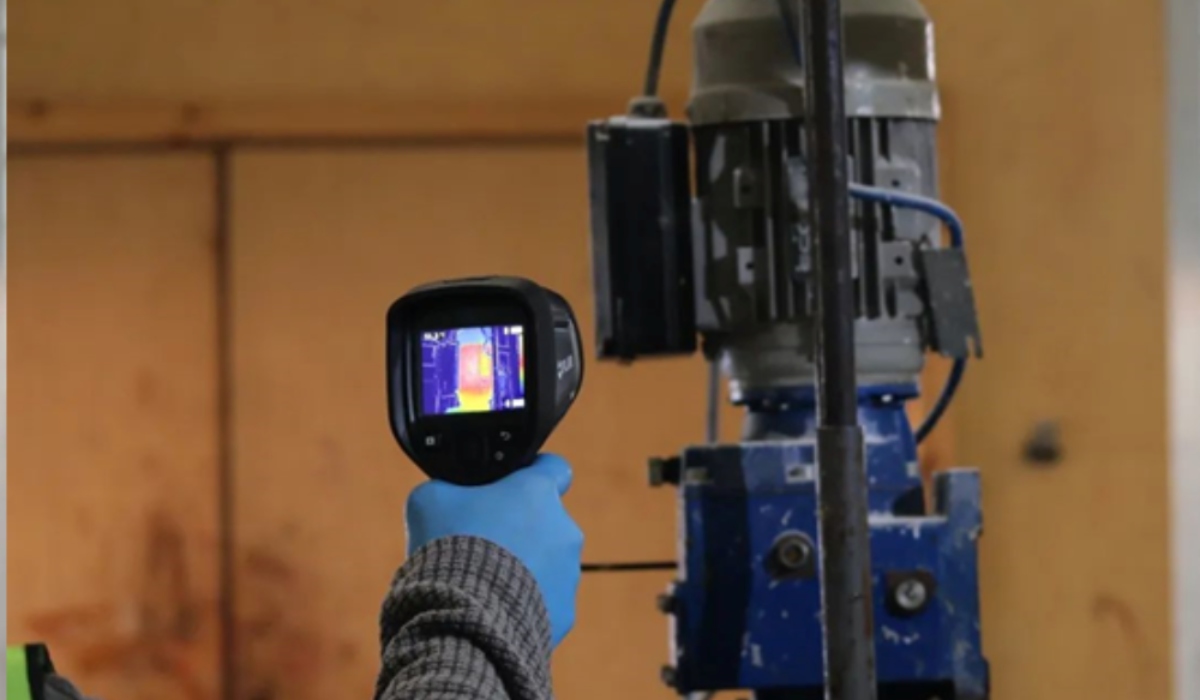Ideas on Inspection of Hydropower Generator

Hydropower generation involves utilizing the difference of water height to convert the kinetic energy of water into electrical energy which is transmitted through electric cables. Any malfunction in the generation, transmission, and use of power can potentially cause the power supply system to collapse. To ensure stable and safe use of hydropower, such projects need to be regularly inspected.
Hydro power generator
Water flows through pipelines or pressure pipes and turns the turbine blades to generate electric power. It is a core equipment of the hydropower station, any malfunction or abnormal operation of the power generator will directly affect power generation efficiency, causing equipment damage or even safety-related problems. An increase in the volume of hydropower generated will mean a significant increase in the load of the hydropower generator. To ensure stable operation of the hydropower generation system, it's important to choose inspection equipment like a non-contact thermal imaging camera.
FLIR Thermal Cameras
A hydropower generator unit typically consists of a turbine, motor, speed regulator, excitation system, water cooling system, and power station control equipment. Users can choose the FLIR T800 series of high-definition IR cameras, which allows them to observe every aspect of the hydropower generator unit and precisely pinpoint any potential malfunction from a safe distance.
If fitted with a Dual Field of View Lens, users can directly switch the field of view without changing the lens. In this way, they can regularly observe potential cracks, openings, and layering of the dam from afar.
Application Story


Locate the problem ahead of any malfunction to avoid accidents from happening
Operators of a hydropower plant in Sichuan discovered during its ad hoc inspection using the FLIR T series thermal camera that there was uneven temperature distribution in two servers in its No. 1 speed regulator in its main machine room, with one showing the surface temperature of 39.2℃, a significant 7.4℃ higher than the other adjacent to it. The maintenance workers were promptly reminded to monitor the equipment for suspected malfunctions.